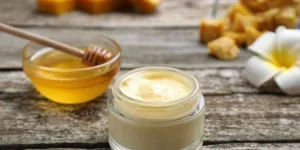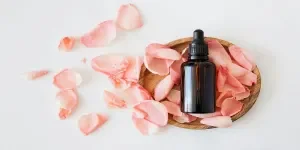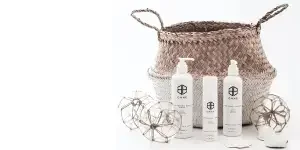Bee venom might sound like a strange ingredient to introduce to your skin care routine, but research shows that it has unique properties that can improve the look of skin when applied topically. That’s why bee venom cream is creating a buzz (pun intended) in both the K-beauty and Western skin care industries. Potential benefits can include younger-looking skin, which is why it’s often called “nature’s Botox.”
Much research has been done on how bee stings affect the human body and how the venom that bees produce can be used to treat a variety of conditions. Some of those are skin conditions like psoriasis, acne vulgaris, and atopic dermatitis. Today, people are also starting to see the advantages of using venom in creams to help diminish fine lines, wrinkles, and redness.
Curious to know more about these innovative beauty products and how they can improve the look of skin? This is everything you need to know about bee venom cream, including how it’s made, key benefits, and what to look for in products.
Table of Contents
What is bee venom cream?
How does bee venom work on skin?
Key benefits of bee venom cream
Reduced inflammation
Firming and lifting effect
Brightening and revitalizing a dull complexion
Antibacterial protection
Who should (and shouldn’t) use bee venom cream?
How to choose the right bee venom cream
Final thoughts
What is bee venom cream?
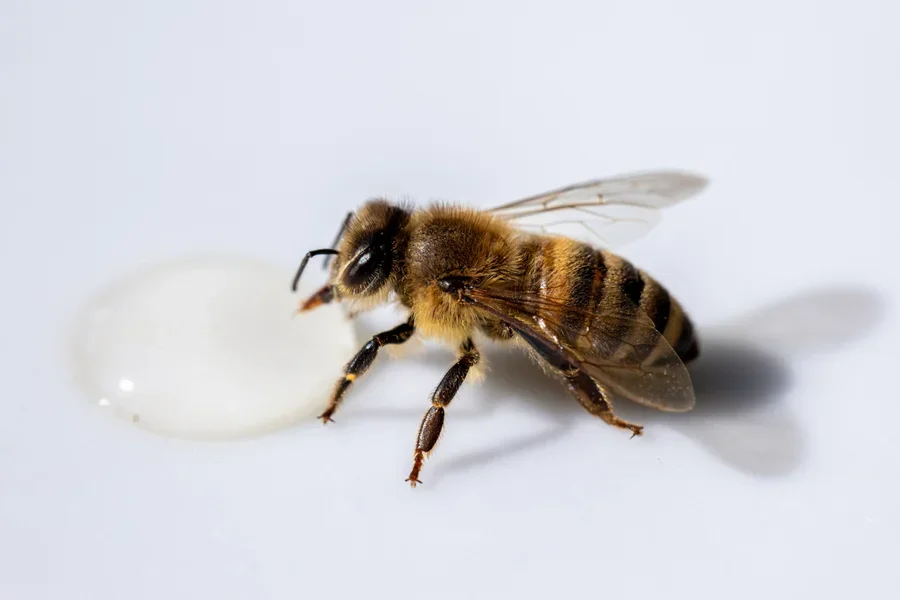
Bee venom is the liquid that a bee secretes from its stinger when it feels threatened. Modern cosmetics companies have figured out a way to harvest the venom without actually harming the bees. Typically, this involves placing a glass with a mild current running through it next to the hive. The bees are attracted to the current and sting the glass, releasing their venom. And contrary to popular belief, not all bees die after they sting.
Once the bee venom is harvested, it can be added to a range of products. These include face creams, body lotions, and facial masks. The bee venom is often mixed with other ingredients that are good for skin, like Manuka honey, hyaluronic acid, and shea butter. Like vitamin C creams and retinol creams, bee venom creams can alleviate dry skin and help improve imperfections on the skin’s surface, like crow’s feet and blemishes.
How does bee venom work on skin?
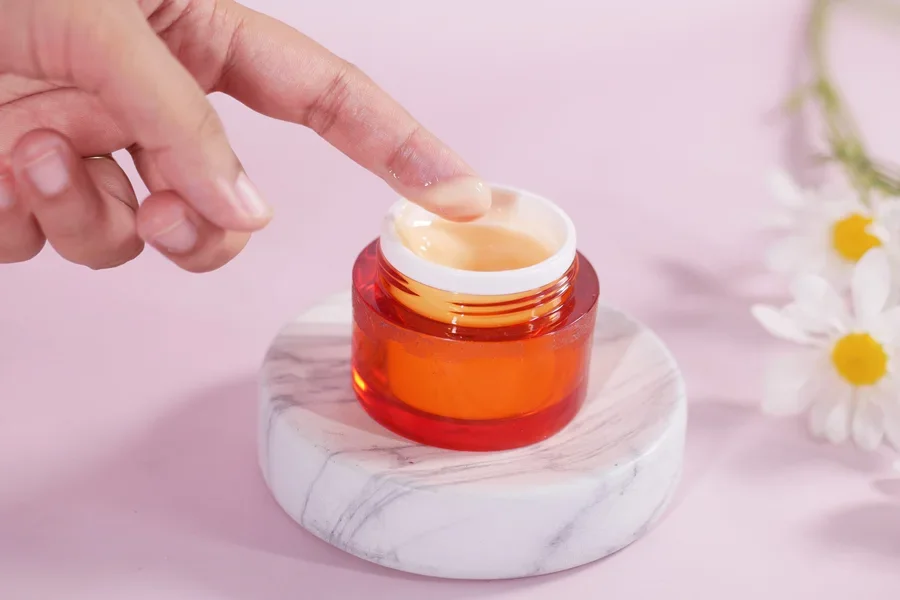
While it may sound dangerous, bee venom actually contains a variety of compounds that can be good for the body. Melittin produces an inflammatory effect, which is why bee stings are painful. However, it also has antiviral and antibacterial properties. When bee venom is used in a topical application (meaning used on the skin’s surface as opposed to injected), it can have a mild stimulating effect. This tricks your body into boosting blood circulation, which encourages collagen production. The result is a plumping and firming effect.
Key benefits of bee venom cream
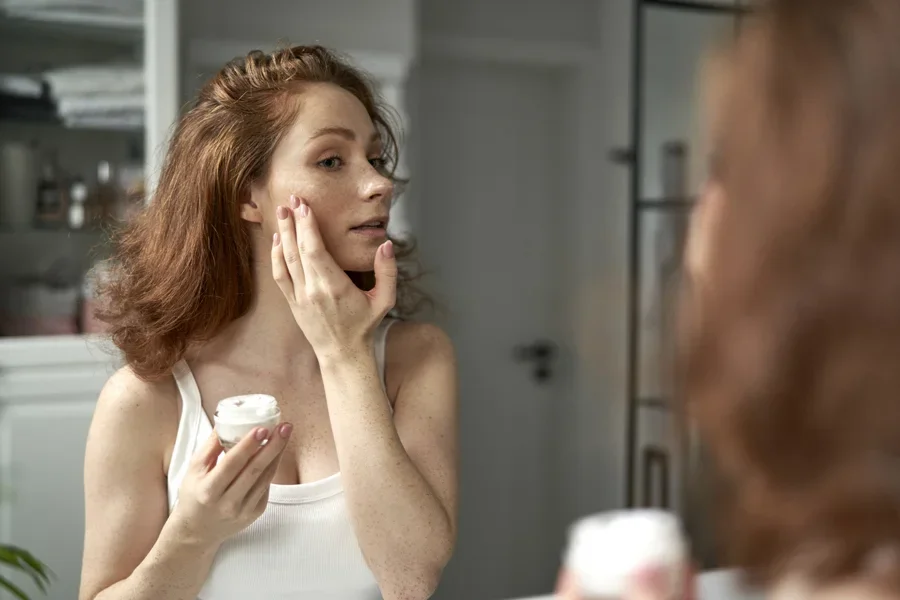
Fans of bee venom cream love that it addresses a variety of skin care concerns, from improving the look of dull skin to smoothing fine lines and alleviating the symptoms of acne. These are a few of the main benefits for skin:
Reduced inflammation
If you’ve ever been stung by a bee, then you know that it can produce instant pain and swelling. But when melittin is applied in small doses, it can have the opposite effect. Many people report a significant decrease in redness, inflammation, and skin irritation after using bee venom cream. This can help calm psoriasis and acne.
Firming and lifting effect
The stimulating effect of the cream helps increase blood flow to the site where it was applied. That causes the body to produce more collagen in those areas. Collagen is what keeps your skin firm and youthful-looking. As we age, we lose collagen, so by encouraging extra collagen production, bee venom cream can provide anti-aging benefits.
Brightening and revitalizing a dull complexion
If you often feel like you look tired, you’re not alone. That lack of radiance could be from several causes, including a lack of hydration, aging, and environmental stressors. Bee venom cream can add moisture to your skin and trigger your body to send more oxygen and nutrients to the surface, which can result in brighter, more vibrant skin.
Antibacterial protection
The antibacterial properties in bee venom can be especially beneficial for people suffering from acne and other skin irritations. Studies have shown that bee venom can accelerate the healing process for wounds, helping to minimize scarring. That may also help stave off infections.
Who should (and shouldn’t) use bee venom cream?
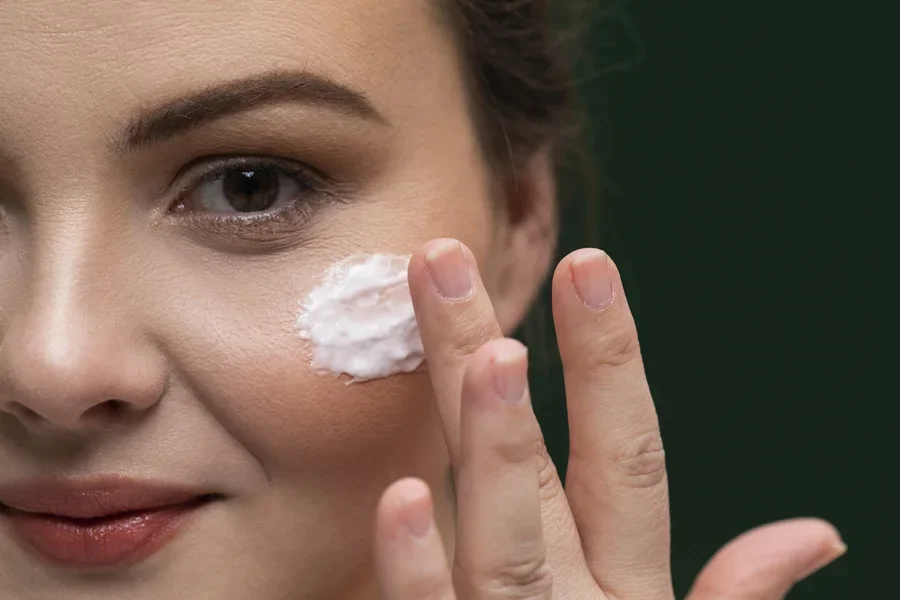
It should go without saying that people who have experienced an allergic reaction to a bee sting in the past should never use bee venom cream. If you know with confidence that you aren’t allergic to bee venom, then it can be suitable for most skin types, including dry skin, acne-prone skin, and oily or combination skin. As with any new beauty product, it’s always best to do a patch test first to make sure you don’t have a reaction. Test the product out on a small patch of skin on the underside of your arm or inner elbow before using it on your face.
How to choose the right bee venom cream
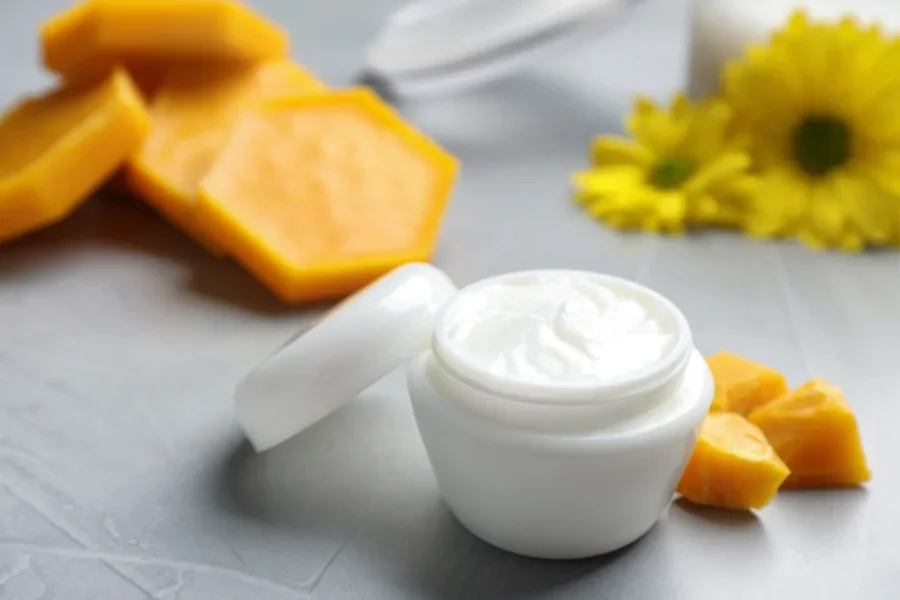
There are a variety of bee venom products on the market, so it pays to do some research to uncover which ones are from reputable brands. Ideally, the cosmetic company should demonstrate social responsibility by employing humane methods to extract bee venom from the bees.
Some other things to look for include a solid ingredient list that tells you the percentage of bee venom in the product and whether there are any other skin-healthy ingredients like Manuka honey or peptides. Read reviews and check for third-party testing if available. Money may also be a consideration, as there are both luxury and budget-friendly products available.
Final thoughts
As people are shifting away from beauty products that contain synthetic ingredients and moving towards more natural options, bee venom cream is fast gaining traction. People are realizing the unique benefits of the cream, from its anti-aging benefits to its healing properties and ability to provide deep hydration. And with many brands sourcing bee venom sustainably, it fits in with the current socially responsible ethos of modern consumers.
